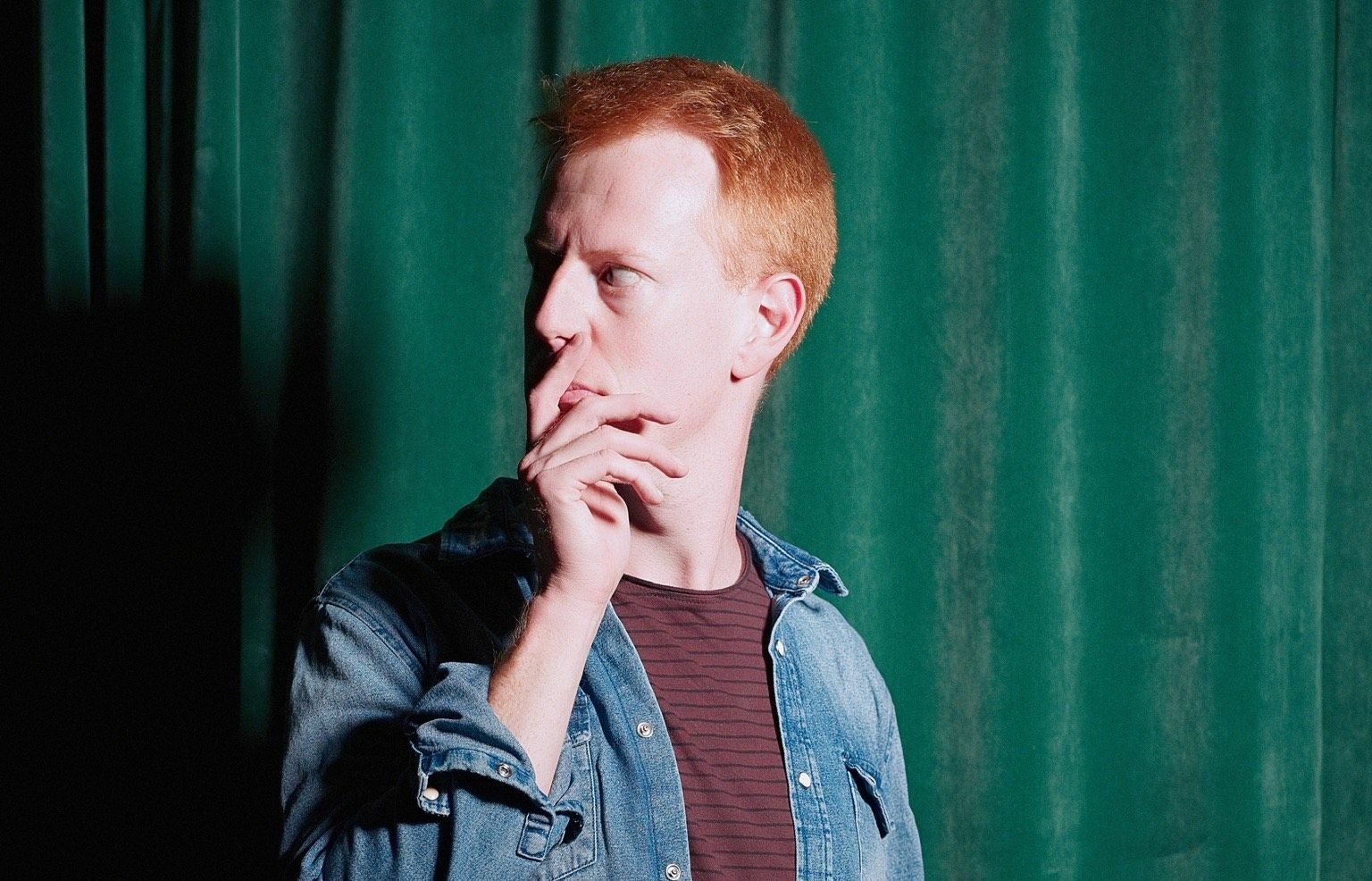Nothing is more Danish than funky letters.
These new, strange shapes – which look suspiciously like modified versions of letters you already know – are the first red flag that you’ll never learn a language.
In Danish, there’s my personal favourite Æ – which looks like an A and E in love. There’s the iconic Ø which is used to basically make anything løøk Aanish. And of course there’s the always cute Å which is clearly an A wearing a little ° hat, almost like it’s trying to tell you its temperature and forgetting it’s not a number.
What I find remarkable about the Å is that it wasn’t always there. Etched into metal I saw a rusty sign at the train station (I sound like an 80 year old man) which reads “Pas Paa Toget”.
That is because, in an attempt to modernise the orthography, linguists tried to introduce the Å to Danish and Norwegian writing in the 19th century. It sounds insane. but apparently that is how they used to shake things up in the 1800s.
Despite a general public mood of “hvorfor?” orthography reforms making Å official were carried out in Denmark in 1948.
What a strange time to be alive. You’ve just survived a World War (maybe even two), the country is in recovery, things are hard enough, and now they’ve decided to add a new letter to the alphabet.
City names became a matter of dispute. Local resistance meant that cities such as Aalborg and Aabenraa didn’t become Ålborg and Åbenrå – although those are the spellings recommended by the Danish Language Board. (If you do ever happen to spell Aalborg with an Å do expect to be splashed with a shot of Taffel Akvavit and have fish thrown at you.)
That said, between 1948 and 2010, the city of Aarhus was officially spelled Århus. However, in 2011 the city reverted to the Aa spelling, in a controversial decision citing ‘internationalisation’ and ‘web compatibility advantages’.
In 2012, I moved to the newly-named Aarhus and found it cute and amusing that, for a Dane, Aa was considered a more international alternative.
But Å has stuck. For the last 76 years it has been a part of the daily Danish snakke.
Fun fact: the Finns were so pissed off with the Å, as it symbolized enforcement of the Swedish language, that there have been political campaigns to have the letter completely disregarded.
Its usage is limited to loanwords (the Finnish dictionary Kielitoimiston sanakirja, has about 100,000 words but only one word containing Å: ångström) and names of Swedish/Danish/Norwegian origin.
I have battled with these funky letters my whole life in Denmark. They’ve appeared amusing, frustrating and exotic. Ultimately I’m at peace with all three as the country and language wouldn’t be the same without them.
But Å will always have a special place in my heart as it is the latest of the bunch – kind of like the new kid at school who seems really weird but turns out to be pretty cool.
And it still makes me smile to imagine a time when a whole new letter enters a language – what a mad concept.
Maybe one day the Danes will again want to shake it up and do something mad like add the Dannebrog emoji to the alphabet to truly embrace the digital age.

